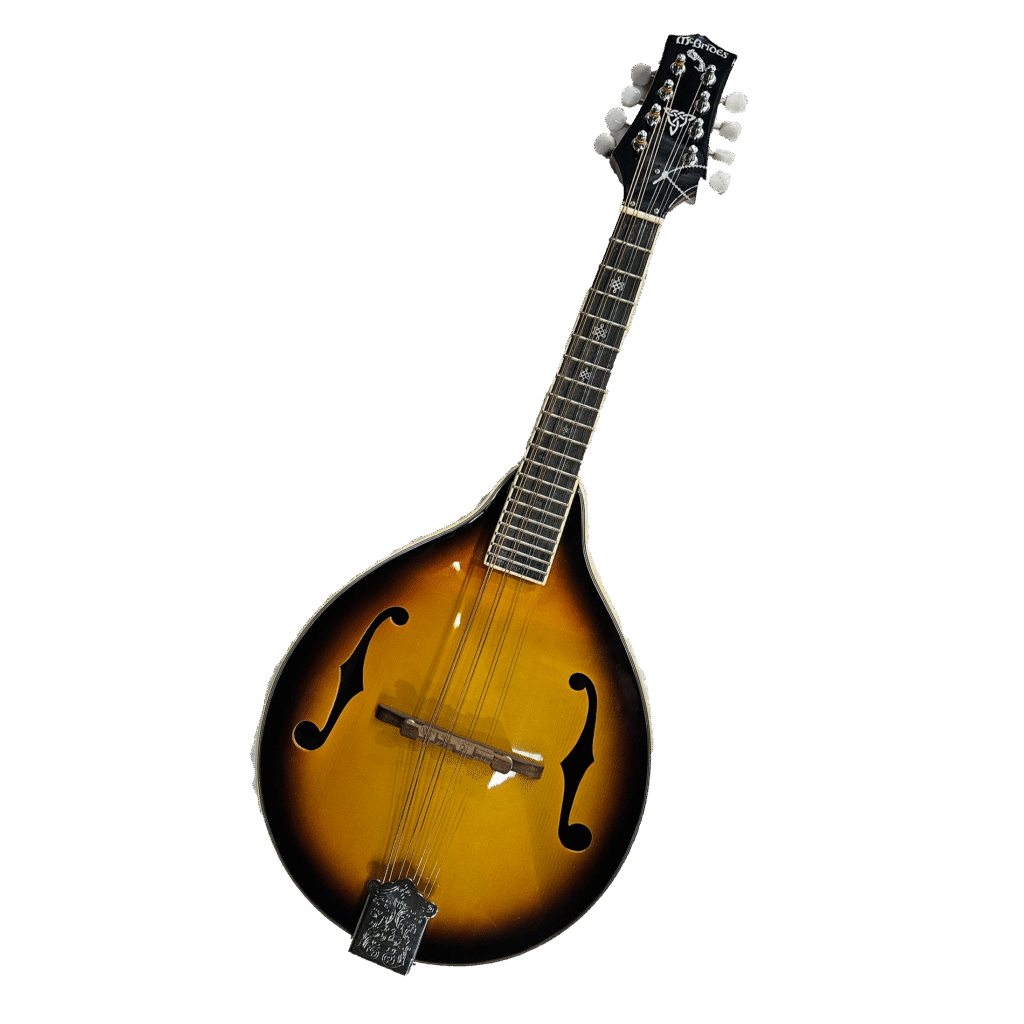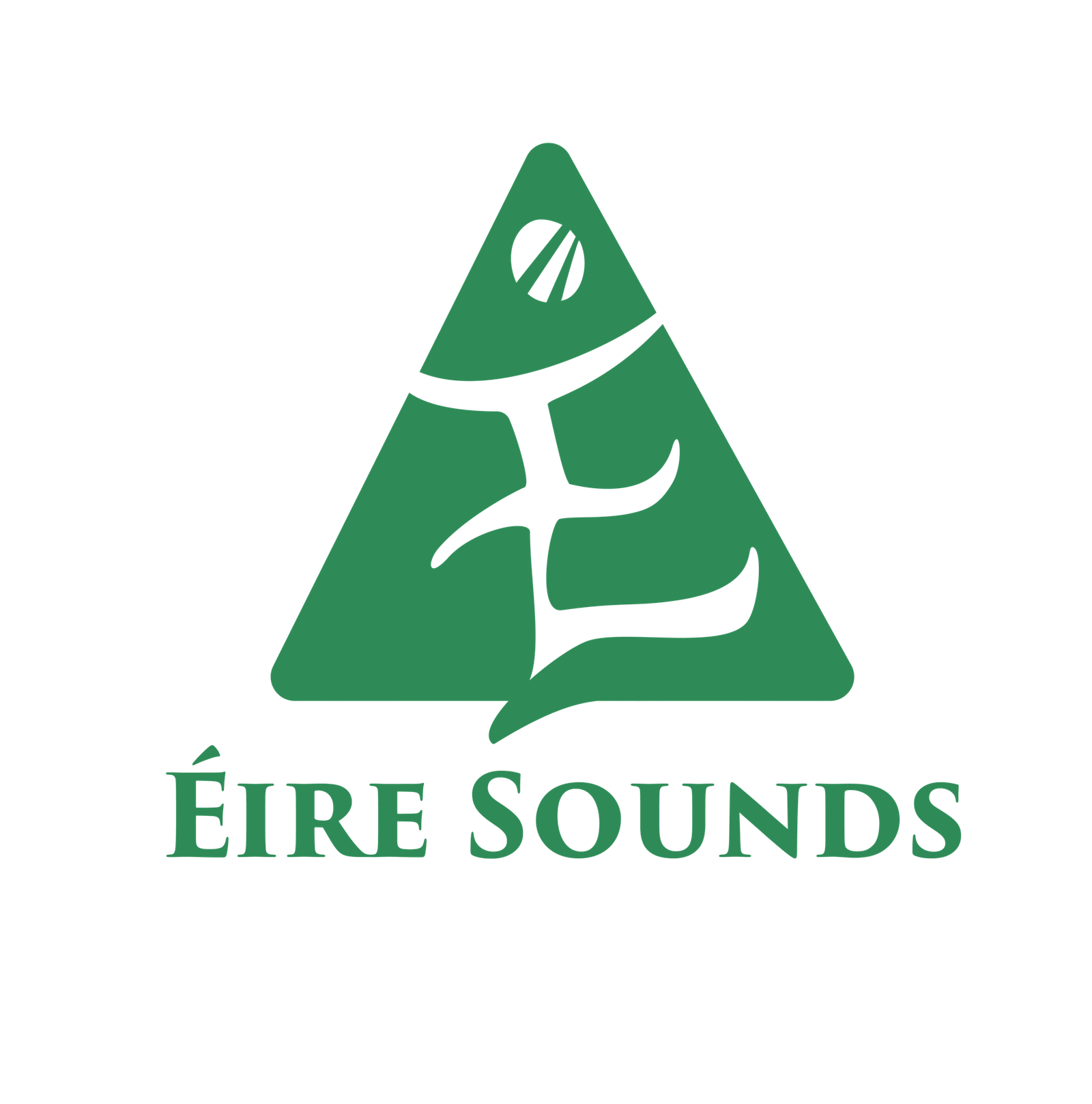- Description & Sound: A plucked eight-string instrument (paired courses), with bright, ringing tone and fast attack (Wikipedia, The Irish Place).
- How it’s played: Generally using a plectrum; double strings give a chorus-like effect.
- Usage: Often accompanies fiddle or flute, adding clarity to melodic lines.
- Notable Musicians: Session players and folk groups regularly include mandolin, though fewer iconic soloists; many Celtic groups feature mandolin.
Historical Context
- Adoption: Introduced to Irish folk music in the 20th century, likely influenced by American and European folk scenes.
- Function: Like the banjo, it became popular for melody playing, particularly among multi-instrumentalists.
- Role in Sessions: Though not as traditional as the fiddle or pipes, the mandolin is now a respected and common melody instrument.
- Playing Style: Tuned like a fiddle, it’s played with a pick and used for both ornamented melodies and rhythmic chops.
Summary
These melodic instruments—fiddle, whistle, flute, pipes, concertina, accordion, harp, banjo, mandolin—form the heart of Irish traditional music, each contributing its unique timbre and rhythmic style. Among the standout players, Mary Bergin (whistle), Seán Keane (fiddle), Séamus Ennis (pipes), and Barney McKenna (banjo) stand out as tradition‑shaping masters.

